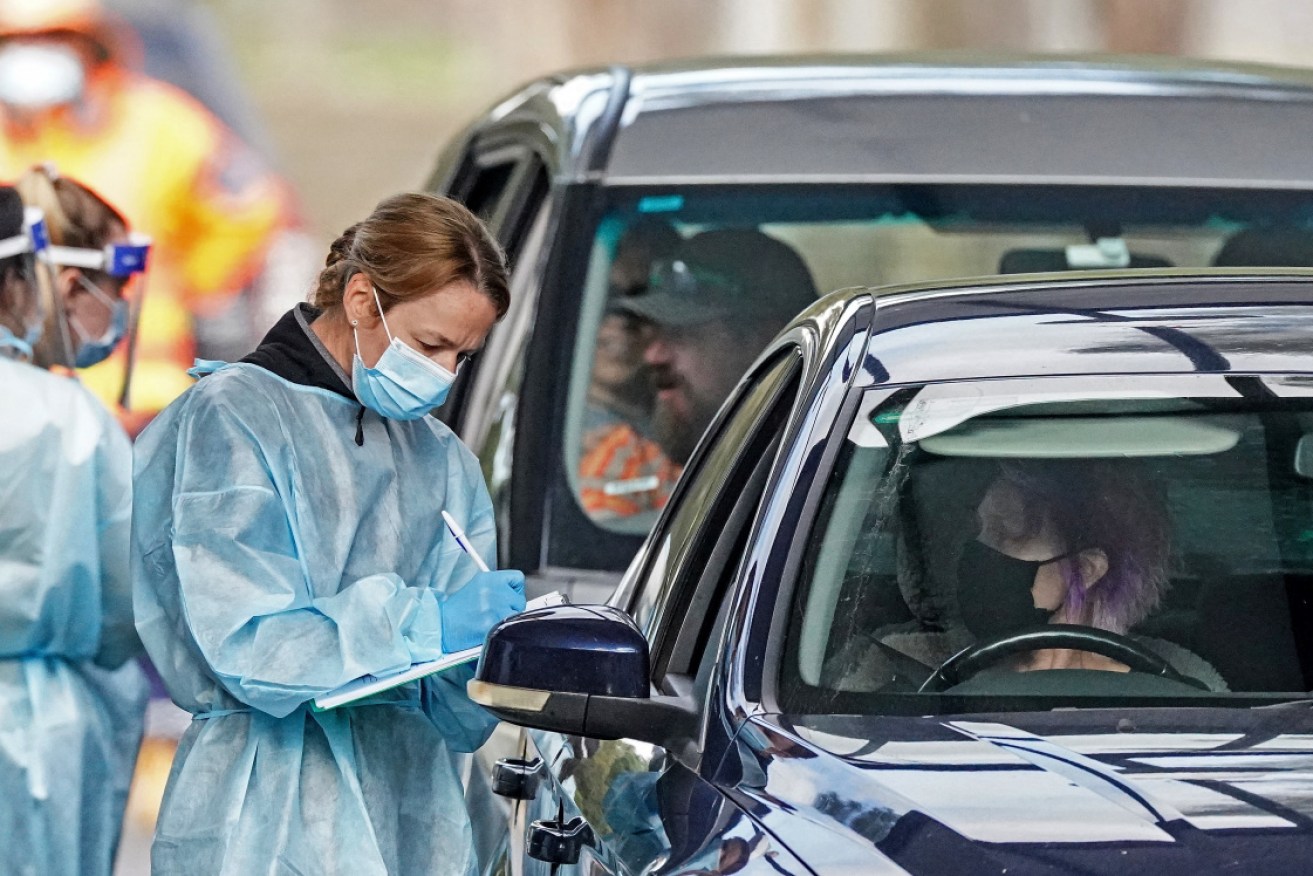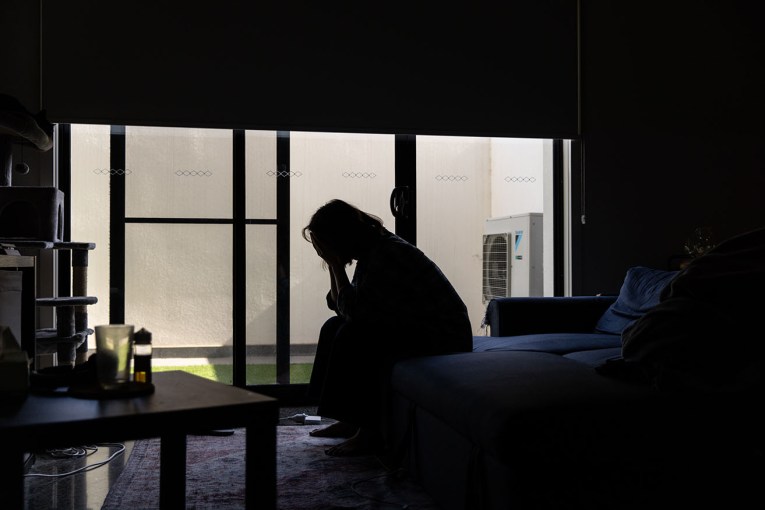False negative: Why many infectious Victorians will be missed in testing blitz


Victoria's COVID-19 cases are becoming a national concern. Photo: AAP
The Victorian government is testing thousands of residents across 10 coronavirus hotspots to find out who is infected with the disease.
But the blitz won’t be able to catch them all.
That’s because if we test people for the coronavirus too early in the course of infection, then it is likely to produce a false negative result, a study from Johns Hopkins University reveals.
The Melbourne suburbs identified as COVID-19 danger zones include: Keilor Downs, Broadmeadows, Maidstone, Albanvale, Sunshine West, Hallam, Brunswick West, Fawkner, Reservoir and Pakenham.
On Thursday, Premier Daniel Andrews announced mobile testing vans and 800 health workers would visit streets and homes to ensure as many people as possible are tested in these suburbs.
The workers are expected to run 10,000 tests a day, initially focusing on Keilor Downs and Broadmeadows, where they hope to test half the population by Sunday.
A number of pop-up testing sites will also be set up, and a squad of 1000 door knockers will be out talking to residents.
But no test is perfect, and some infectious residents in these areas are bound to slip under the radar of authorities.
That’s because many of them will produce a false negative test result, which incorrectly shows that the coronavirus is absent.
In a recent study of the effectiveness of RT-PCR tests, the most common coronavirus test worldwide, Johns Hopkins researchers found testing wasn’t a foolproof way to rule out if someone was sick.
They found in the first few days before symptoms typically show, the chance of getting a false negative result ranged from 100 per cent on day one to 67 per cent on day four.
After symptoms began to show, false negative results fell to 38 per cent on day five and to 20 per cent on day eight – but rose again after that.
Even when the test is at its most accurate, on day eight, there were one in five people who had the virus but returned a negative test result.
“A negative test, whether or not a person has symptoms, doesn’t guarantee that they aren’t infected by the virus,” said Dr Lauren Kucirka, a resident physician at Johns Hopkins University and a lead author of the study.
“How we respond to, and interpret, a negative test is very important because we place others at risk when we assume the test is perfect.”
The take-home message?
If you initially return a negative swab test, it doesn’t mean you’re in the clear. You might start to suffer flu-like symptoms a few days later.
If that happens, get tested again.








